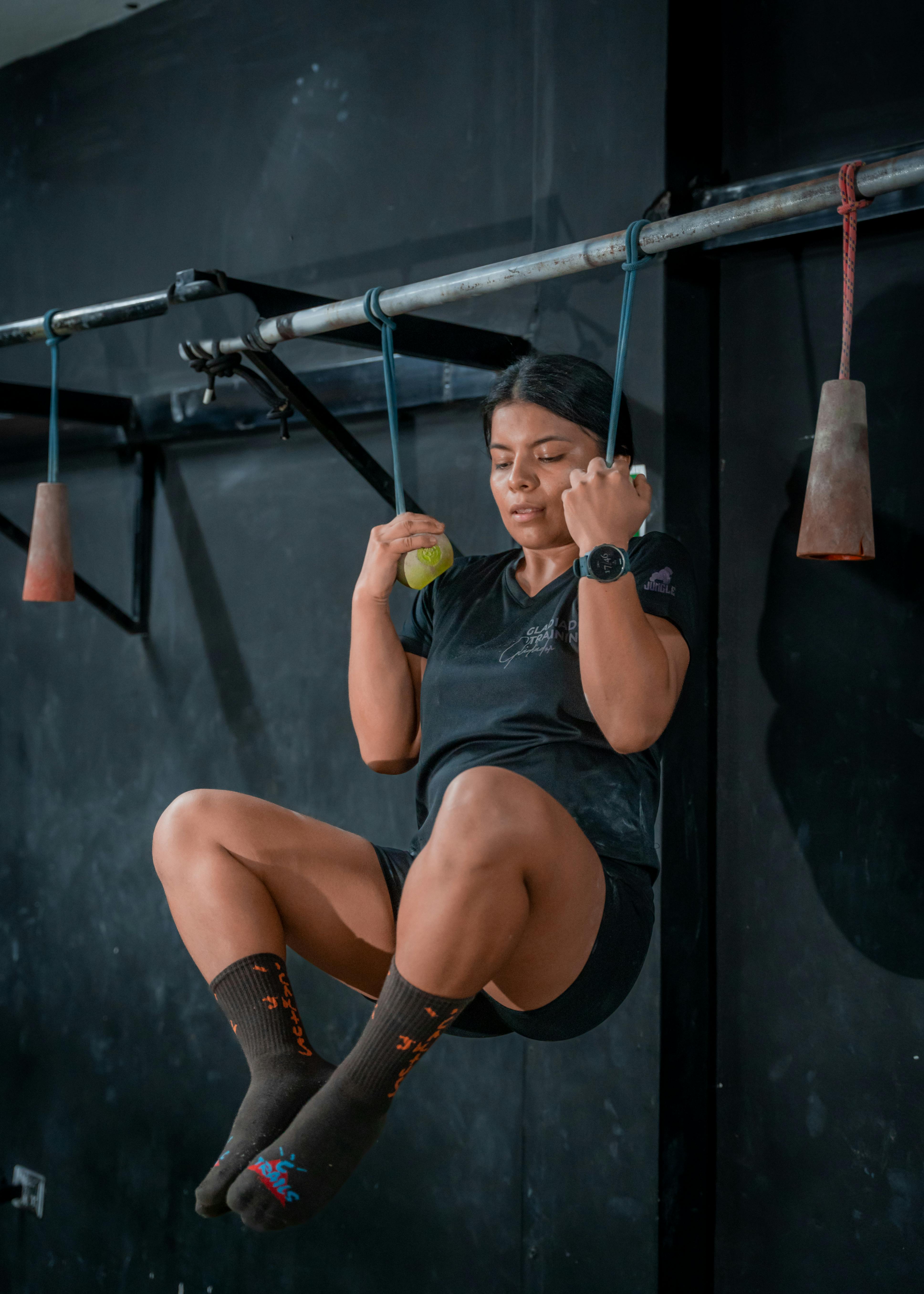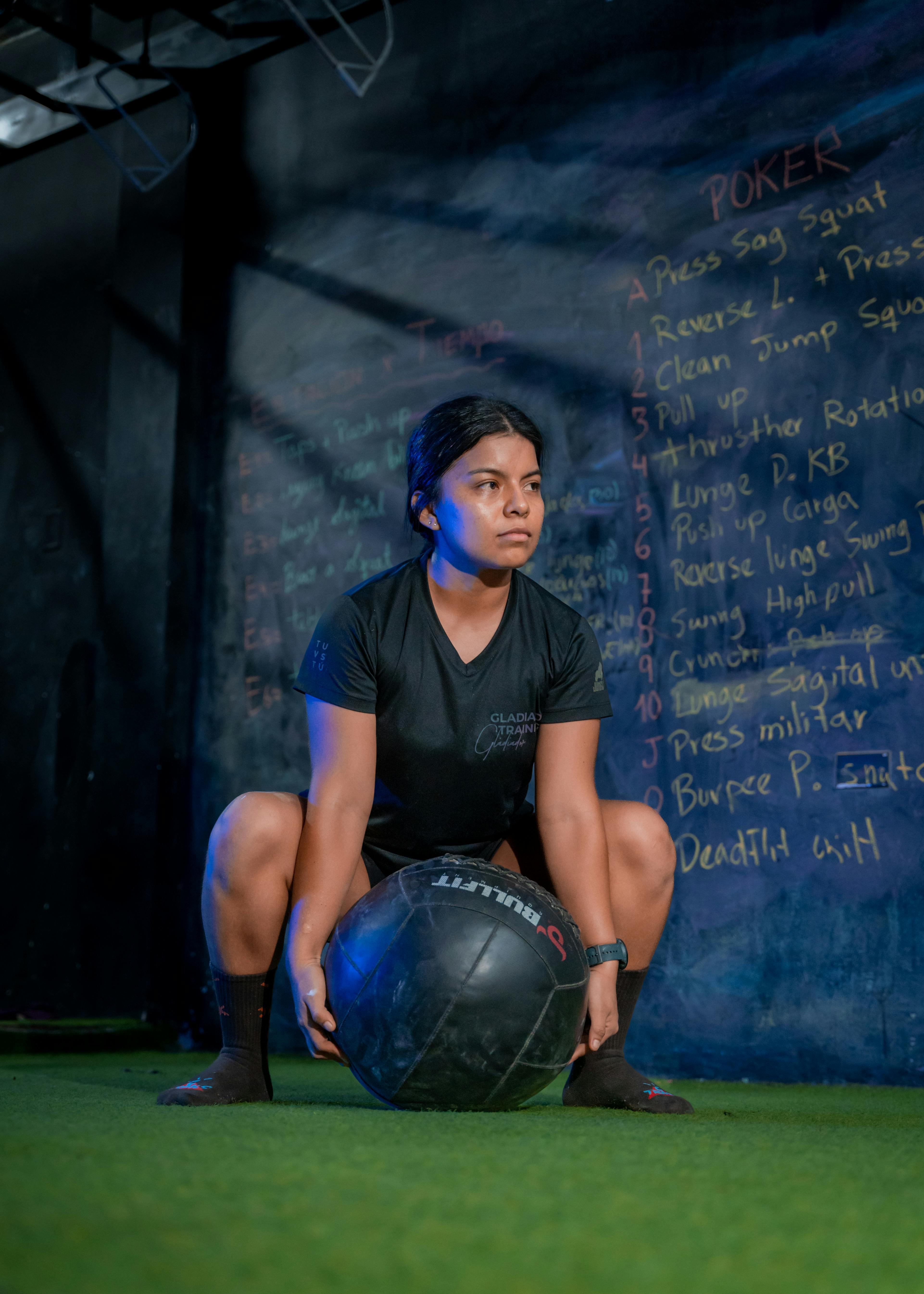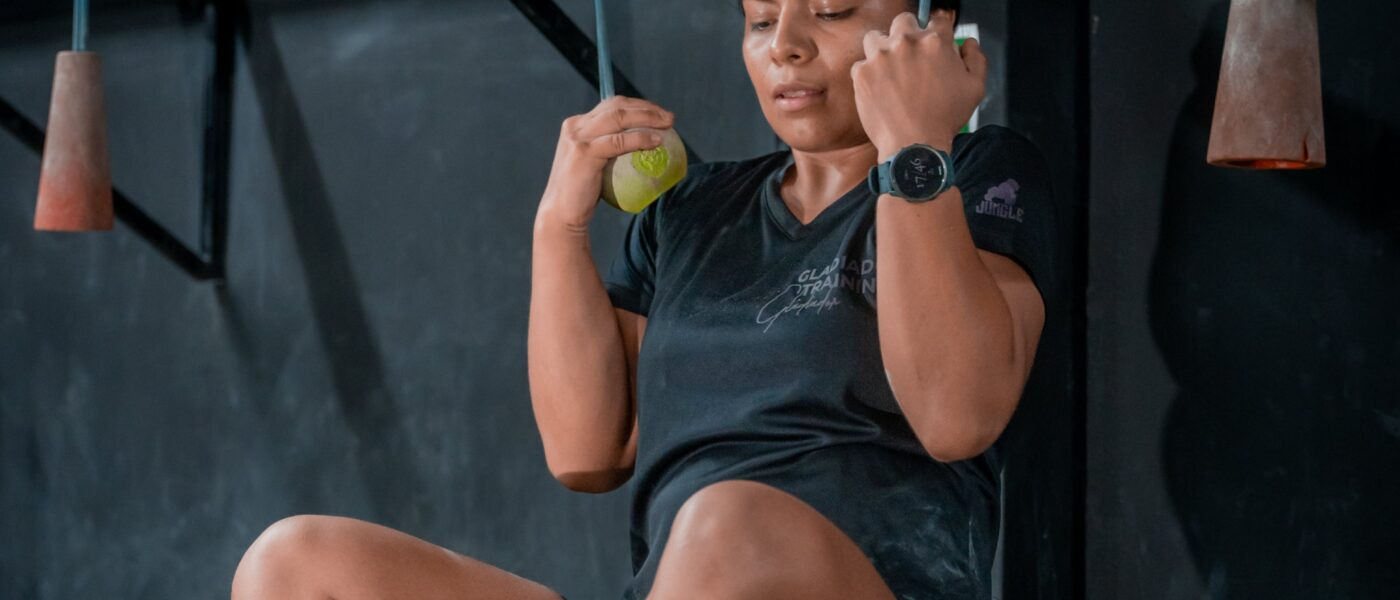How To Use Rowing Machine Gym
Are you excited to try out a rowing machine at the gym? Well, you’re in luck because we’re going to show you how! In this article, we’ll explain everything you need to know about setting up and using a rowing machine at the gym. Whether you’re a beginner or an experienced fitness enthusiast, we’ve got you covered. So get ready to hop on that rowing machine and start rowing your way to fitness!
Setting Up the Rowing Machine Gym

Choosing the Right Location
When setting up a rowing machine gym, it’s important to choose the right location. Find a space that has enough room for the machine and allows for proper movement during workouts. It’s also important to consider factors such as ventilation and lighting to create a comfortable workout environment.
Assembling the Rowing Machine
Assembling a rowing machine may seem intimidating, but it’s actually quite simple. Follow the instructions provided by the manufacturer carefully. Start by attaching the seat to the rail, then connect the footrests and secure them in place. Finally, attach the handle to the chain or cord. It’s important to tighten all screws and bolts properly for safety.
Adjusting the Seat and Footrests
Once the rowing machine is assembled, it’s essential to adjust the seat and footrests to ensure a comfortable and effective workout. The seat should be positioned so that you can bend your knees and fully extend them during the rowing motion. The footrests should be adjusted so that your feet are secure and balanced, with the straps snugly in place.
Checking the Resistance Levels
Before starting your rowing workout, it’s important to check the resistance levels on the rowing machine. Most machines have adjustable resistance settings that can be tailored to your fitness level and goals. Start with a lower resistance setting if you are new to rowing or gradually increase the resistance as your strength and endurance improve.
Proper Technique and Form
Starting Position: Sitting on the Machine
To begin rowing, sit on the rowing machine with your feet securely placed in the footrests and your knees bent. Grab the handle with an overhand grip, keeping your arms extended and shoulders relaxed. Sit up straight with your core engaged, and ensure that your back is in a neutral position.
Gripping the Handle Correctly
Maintaining the correct grip on the handle is important for proper technique and efficiency during rowing. Your grip should be firm but not too tight. Your thumbs should be wrapped around the handle, with your fingers gripping over the top. Keep your wrists straight and avoid bending them during the stroke.
Engaging the Legs and Core
To initiate the rowing motion, engage your legs and core. Press against the footrests with your heels, extending your legs. At the same time, lean slightly back while keeping your core muscles activated. This leg and core engagement will generate power for the stroke.
Driving the Legs
The leg drive is a crucial part of the rowing stroke. With your legs fully extended and engaged, drive them down towards the footrests while leaning back slightly. Imagine pushing yourself away from the rowing machine using your legs. This powerful leg drive will provide the initial force for the stroke.
Engaging the Arms and Torso
As you drive your legs back, it’s time to engage your arms and torso. Once your legs are fully extended, begin pulling the handle towards your body by bending your elbows. Your wrists should stay straight as you draw the handle close to your lower chest. Simultaneously, lean your upper body slightly forward.
Finishing the Stroke
To complete each stroke, finish with a controlled movement. Extend your arms fully, returning the handle to its starting position while keeping your core engaged. Lean slightly forward from your hips, allowing your body to follow the natural flow of the stroke. This completes one full rowing stroke.
Warm-Up and Safety Measures
Performing a Dynamic Warm-Up
Before starting your rowing workout, it’s important to warm up your body to prevent injuries. Perform a dynamic warm-up that includes movements that mimic the motions of rowing. This can include movements such as arm circles, leg swings, and body twists. Start slowly and gradually increase your range of motion and intensity.
Adjusting the Resistance Level
When warming up on the rowing machine, start with a lower resistance level to allow your muscles to gradually warm up. This will help prevent strain or injury. As you progress through your warm-up, increase the resistance gradually to prepare your body for the main part of your workout.
Wearing Appropriate Clothing and Shoes
When using a rowing machine, it’s important to wear comfortable, breathable clothing that allows for a full range of motion. Opt for lightweight, moisture-wicking fabrics that won’t restrict your movements. Additionally, wear athletic shoes with proper support and grip to ensure stability during the rowing motion.

Maintaining Proper Posture
Maintaining proper posture while rowing is essential for both safety and effectiveness. Sit up straight with your shoulders relaxed and your chest lifted. Avoid hunching forward or leaning too far back. Engage your core muscles to support your spine and maintain stability throughout the workout.
Avoiding Overexertion
While it’s important to challenge yourself during a workout, it’s equally important to listen to your body and avoid overexertion. Start with shorter workout sessions and gradually increase the duration and intensity over time. Take breaks when needed and don’t push yourself beyond your limits. It’s better to progress gradually and avoid injuries.
Benefits of Using a Rowing Machine
Effective Full-Body Workout
Rowing machines provide a comprehensive full-body workout, engaging multiple muscle groups simultaneously. The rowing motion targets the legs, core, back, and arms, making it an efficient way to strengthen and tone your entire body. Regular rowing workouts can lead to improved muscle strength and definition.
Low-Impact Exercise
One of the benefits of using a rowing machine is that it offers a low-impact form of exercise. Unlike activities like running or jumping, rowing minimizes stress on the joints, reducing the risk of injuries. It’s a suitable option for individuals of all fitness levels, including those who may have joint issues or are recovering from injuries.
Building Strength and Endurance
Rowing is a fantastic way to build both strength and endurance. The resistance provided by the rowing machine helps develop muscle strength, particularly in the legs, back, and arms. As you continue rowing, your endurance will increase, allowing you to row for longer durations or at higher intensities.
Improving Cardiovascular Health
Rowing is an excellent aerobic exercise that gets your heart pumping and your blood flowing. Regular rowing workouts can improve cardiovascular health by increasing your heart rate and improving the efficiency of your heart and lungs. This, in turn, can lead to a reduced risk of heart disease, improved circulation, and increased overall stamina.
Convenient and Time-Efficient
Another benefit of using a rowing machine is the convenience and time-efficiency it offers. With a rowing machine at home or in your gym, you can work out at any time that suits you, without having to worry about weather conditions or gym hours. Rowing allows you to get a full-body workout in a shorter amount of time compared to other exercises.
Designing a Rowing Machine Workout Routine
Setting Realistic Goals
When designing a rowing machine workout routine, it’s important to set realistic goals that align with your fitness level and aspirations. Whether you aim to improve your endurance, build muscle strength, or lose weight, establish specific and achievable goals to track progress and stay motivated.
Creating Variations in Intensity
To keep your rowing workouts challenging and prevent plateauing, create variations in intensity. Incorporate intervals of higher intensity rowing, alternating with periods of lower intensity or rest. This helps improve cardiovascular fitness and stimulates muscle growth. Experiment with different intensity levels to find what works best for you.
Incorporating Different Strokes
While the standard rowing stroke is the most commonly used, you can also incorporate different rowing strokes into your workout routine. This includes using one arm at a time, alternating arms, or even performing a double-arm rowing motion. These variations can target different muscle groups and add variety to your workouts.
Adding Interval Training
Interval training involves alternating periods of high-intensity exercise with periods of recovery. Incorporating interval training into your rowing machine routine can boost calorie burn, increase aerobic capacity, and enhance overall fitness. Start with shorter intervals and gradually increase the duration and intensity as you become more comfortable.
Monitoring Progress
To track your progress and stay motivated, it’s important to monitor your rowing machine workouts. Keep a record of your workout duration, distance, and calories burned. Some rowing machines also offer built-in monitors that provide valuable data such as stroke rate and speed. Monitoring your progress can help you set new goals and celebrate your achievements.
Common Mistakes to Avoid
Using Too Much Upper Body Strength
A common mistake people make when rowing is relying too much on their upper body strength. The power for the rowing stroke should predominantly come from your legs, with your arms and back providing secondary support. Focusing on driving with your legs and engaging your core will help distribute the workload evenly and prevent fatigue.

Incorrect Pulling Technique
Another mistake to avoid is using improper pulling technique. As you pull the handle towards your body, focus on keeping your elbows close to your body and pulling straight back. Avoid pulling with your arms too early in the stroke or flaring your elbows out to the sides. Proper technique ensures maximum efficiency and reduces the risk of injury.
Not Utilizing the Legs Enough
A strong leg drive is essential for effective rowing. Many beginners make the mistake of not fully utilizing their leg muscles, resulting in a less efficient and less powerful stroke. Focus on pushing off with your legs, ensuring full extension, and generating power from your lower body. Engaging your legs will improve your overall rowing performance.
Rushing the Stroke
Maintaining a steady and controlled pace is key to a successful rowing workout. Rushing through the stroke by rowing too quickly can compromise your technique and reduce the effectiveness of the exercise. Aim for a smooth and fluid motion, focusing on maintaining proper form and engaging your muscles throughout each stroke.
Slouching or Leaning Too Far Back
To maintain proper posture and prevent strain, it’s essential to avoid slouching or leaning too far back during the rowing motion. Keep your back straight and your shoulders relaxed throughout each stroke. Leaning too far back can strain your lower back, while slouching can lead to poor form and reduced efficiency.
Tips for a Comfortable Rowing Experience
Maintaining a Relaxed Grip
To ensure a comfortable rowing experience, it’s important to maintain a relaxed grip on the handle. Squeezing too tightly can lead to muscle fatigue and discomfort. Focus on holding the handle firmly but without excessive tension, allowing your fingers and wrists to move freely during the stroke.
Finding the Right Rhythm
Rowing is all about finding the right rhythm and maintaining a consistent pace. Listen to the sound of the rowing machine and try to match your strokes with the rhythm. This helps you maintain a smooth motion and avoid jerky movements. Practice finding your own rhythm and gradually increase your stroke rate as your fitness improves.
Listening to Your Body
Listening to your body is crucial during any workout, including rowing. Pay attention to how your body feels during the exercise. If you experience any pain or discomfort, adjust your technique, take breaks when needed, or consult a fitness professional. Rowing should challenge you, but it should not cause pain or excessive strain.
Using Proper Breathing Techniques
Proper breathing techniques can enhance your rowing experience. Inhale as you extend your arms and prepare to drive with your legs. Exhale as you drive your legs and pull the handle towards your body. This rhythmic breathing can help you maintain focus, supply oxygen to your muscles, and enhance your overall performance.
Hydrating Before and After the Session
Just like with any other physical activity, it’s important to stay hydrated when using a rowing machine. Drink water before your workout to ensure you start properly hydrated. Keep a water bottle nearby during your session, and hydrate again once you’re finished. Proper hydration helps prevent fatigue, cramps, and other potential issues.
Stretches and Cool-Down Exercises
Performing Arm and Shoulder Stretches
After a rowing session, it’s important to stretch your arms and shoulders to promote muscle recovery and flexibility. Perform stretches such as arm circles, shoulder rolls, and tricep stretches. Hold each stretch for about 20 to 30 seconds, focusing on deep breathing and relaxing the muscles.
Stretching the Back and Core Muscles
Rowing engages the muscles in your back and core, so it’s essential to stretch these areas after your workout. Try exercises such as cat-cow stretches, back extensions, and seated forward bends. Hold each stretch for about 20 to 30 seconds, gradually increasing the stretch as your muscles relax.
Quads, Hamstrings, and Calves Stretching
The rowing motion also works the muscles in your legs, so it’s important to stretch them as well. Perform stretches such as standing quad stretches, standing hamstring stretches, and wall calf stretches. Hold each stretch for about 20 to 30 seconds, feeling a gentle pull in the targeted muscles.
Hip and Glute Stretches
Stretching your hips and glutes after a rowing workout helps release tension and increase flexibility in these areas. Perform exercises such as seated butterfly stretches, pigeon stretches, and figure-four stretches. Hold each stretch for about 20 to 30 seconds, focusing on relaxing the muscles and breathing deeply.
Completing with a Relaxing Cool-Down
After performing stretches, it’s important to complete your rowing workout with a relaxing cool-down. This can involve a few minutes of light rowing at a lower intensity or simply stepping off the rowing machine and walking around to allow your heart rate to gradually return to its resting state.
Rowing Machine Gym Maintenance
Cleaning the Machine Regularly
To keep your rowing machine in good working condition, it’s important to clean it regularly. Wipe down the seat, footrests, and handles with a damp cloth after each use to remove sweat and prevent buildup. Use mild detergent or cleaning solution if necessary. Take care not to get any liquids on the monitor or other electronic components.
Inspecting for Wear and Tear
Regularly inspect your rowing machine for any signs of wear and tear. Check the seat, footrests, handle, and rail for any loose or damaged parts. Also, look for frayed cables or chains, and ensure that all screws and bolts are securely tightened. Address any issues promptly to avoid potential safety hazards.
Lubricating Moving Parts
To ensure smooth and quiet operation of your rowing machine, lubricate the moving parts periodically. Consult the manufacturer’s instructions for the specific lubrication points and recommended lubricant. Over time, the seat rollers, chain or cord, and other moving parts may require lubrication to prevent squeaking or sticking.
Checking the Monitor Functionality
If your rowing machine has a monitor or display, check its functionality regularly. Ensure that it turns on properly and displays accurate workout data. If you notice any issues, consult the user manual or contact the manufacturer for troubleshooting tips or potential repairs. A functioning monitor allows you to track your progress and stay motivated.
Storing the Machine Properly
When not in use, it’s important to store your rowing machine properly to prevent damage and extend its lifespan. If possible, lean it against a wall or store it in a designated area. If it needs to be folded or disassembled for storage, follow the manufacturer’s instructions carefully. Avoid placing any heavy objects on top of the machine that could cause structural damage.
Conclusion
A rowing machine can be a valuable addition to your gym routine, providing a full-body workout that is low-impact and effective. By setting up the machine properly, mastering the correct technique, and following safety guidelines, you can enjoy the numerous benefits of rowing. Remember to design a workout routine that suits your goals, avoid common mistakes, and listen to your body for a comfortable and rewarding rowing experience. Regular maintenance and care will help keep your rowing machine in optimal condition, ensuring its longevity and functionality. So start rowing, and enjoy the many fitness benefits that this versatile machine has to offer!

